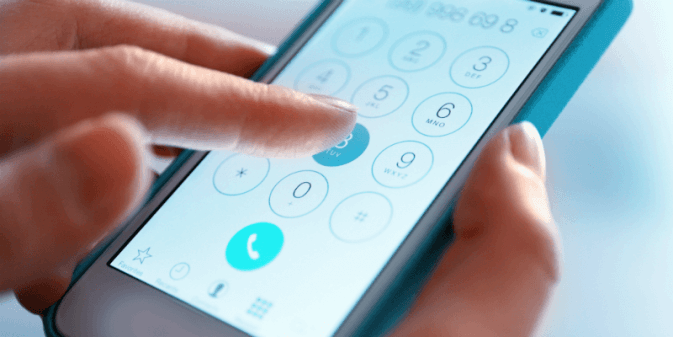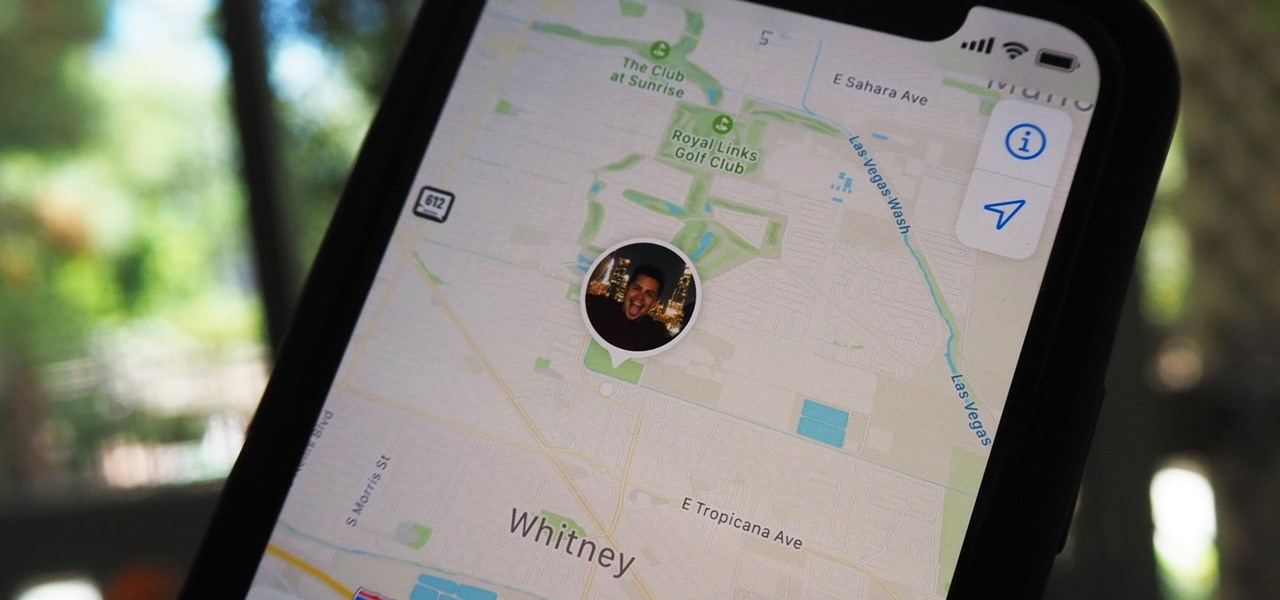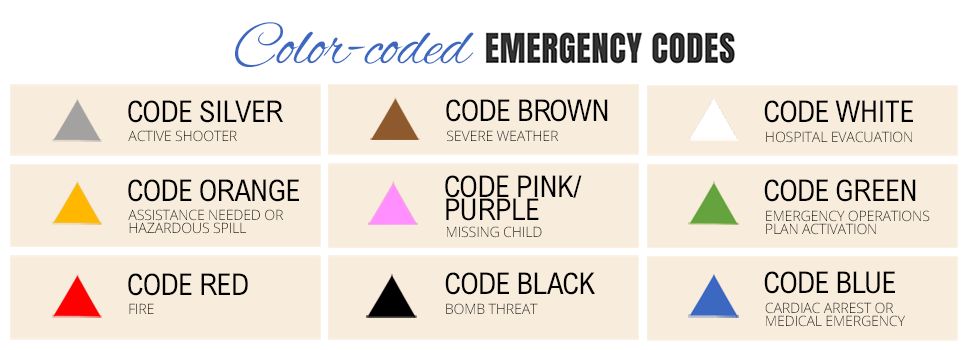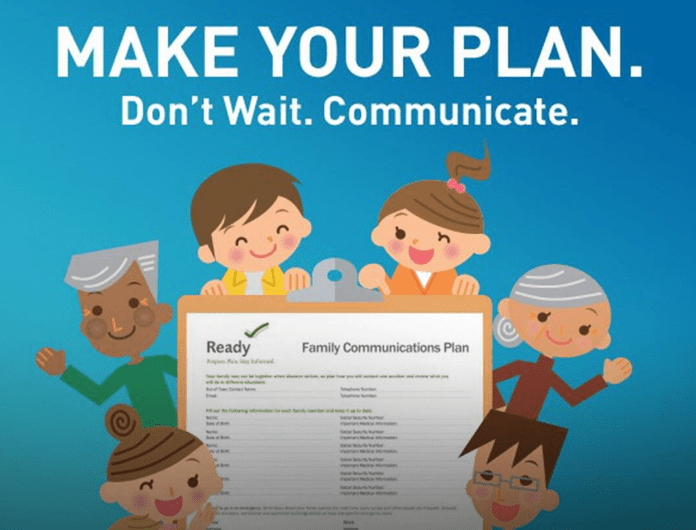These days, even adults walking around the neighborhood can be caught in an unfortunate situation with dangerous strangers. Children, on the other hand, are a different story as they are more vulnerable and can’t fight back.
Talking to your children about their personal safety and emergency preparedness is therefore an important issue, no matter how complicated it gets. The issue with talking about this topic is that it can be scary and they might end up feeling fearful. That approach might miss the mark when a fearful response results in avoidance of further discussion.
You must emphasize that the goal of these practices are to prepare them for their safety and survival. These activities-rather than inspire fear-should instead be an activity that empower your family unit. Personal safety is not a game, but practice and a little fun can reinforce it.
Here are some things you can try:
Memorize important phone numbers

As phones are most accessible these days, memorizing phone numbers just seems like a hassle for many. Yet memorizing phone numbers are important in emergency situations. Although children are equipped with cell phones, it might not always be with them.
The solution to this problem is to have children remember standard emergency number in your region (ring 110 for Indonesian Police). Other than that emergency number, challenge yourself and your family unit to memorize at least one other telephone number who is most likely to pick up when your family is typically separated.
One instance is to give your office number to your child, so they will be able to contact you during office hours in case of an emergency in school.
Share everyone’s locations

Another tip is to download a shared location app for all your family members. This is not a means of exerting excessive control or a violation of personal boundaries. So have a conversation with your family and determine among yourselves if this is indeed an appropriate safety step for your household. Once you have set this safety rule, emphasize that this information is crucial when in an emergency. If you’re unsure how to access or modify these features in your phones, contact your service provider or manufacturer’s website.
Develop an emergency communication code

Other than that, using the right language can affect your chances of survival. Law enforcement and military members generally use coded language to communicate between each other. Outside the agencies, such communications may sound like another language full of acronyms and numbers. But for those who have been briefed, the information is crystal clear.
Sure, saying you need help is the most straightforward way of relaying your message. But there are times where you cannot simply relay the message as such in special emergencies.
The first step to establishing this language is to create code names for yourselves. This tactic is used by the U. S. Secret Services to speak about each other during a mission. For example, former first lady Nancy Reagan’s code name was Rainbow. Our tip is to find a code name that is easy to say and not easily confused with another word when spoken.
Also, don’t use such complicated language when creating the codes. Consider the age and maturity of your family members, as younger children need simpler and accessible codes while older ones are able to memorize a more detailed code. As the family grows and matures, revisit this code and adjust it to suit your needs.
One such language that you can use for your children is to use color. Here is an example:
Code Red = I’m hurt.
Code White = I’m lost.
Code Blue = I need help.
If a family member is hurt, use the code by finding a way to communicate “Code Red” in verbal or written form within a phone call or text message. You could also communicate a “Code Red” visually by pointing to or referencing something red. Use the family member’s code name if the intention is to communicate that they are hurt.
Locations are also something that you can communicate with the use of numbering. This option can be used when location-sharing options fail or are unavailable.
Here is an example for location codes:
1 = Home
2 = School
3 = Work
4 = Other frequented location.
Just by referencing the number and color, you can relay the message quicker. All you have to say is “Blue 2” or even “B2”.
The tips mentioned above are just examples and you can definitely change it according to what suits your needs. Develop your own, and allow the conversation and planning to be serious as well as fun. Refresh your memory whenever you get the chance by practicing it occasionally when you’re together.
What other efforts do you do for communication efforts? Share your experiences with us in the comments section below!





